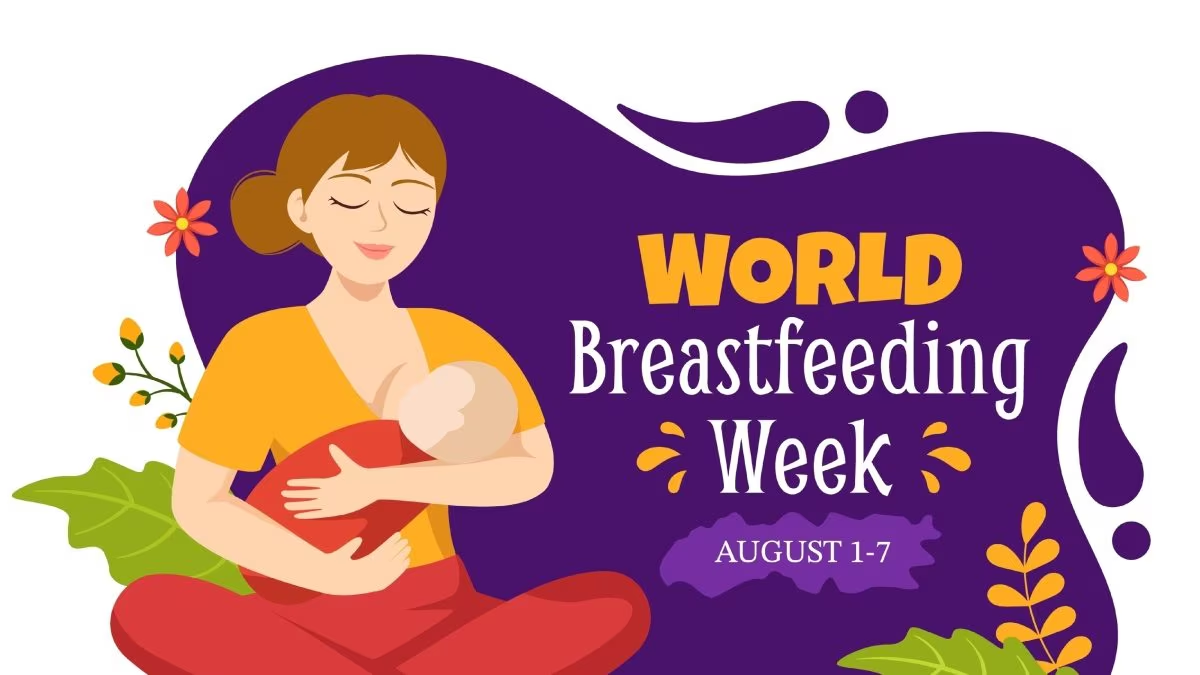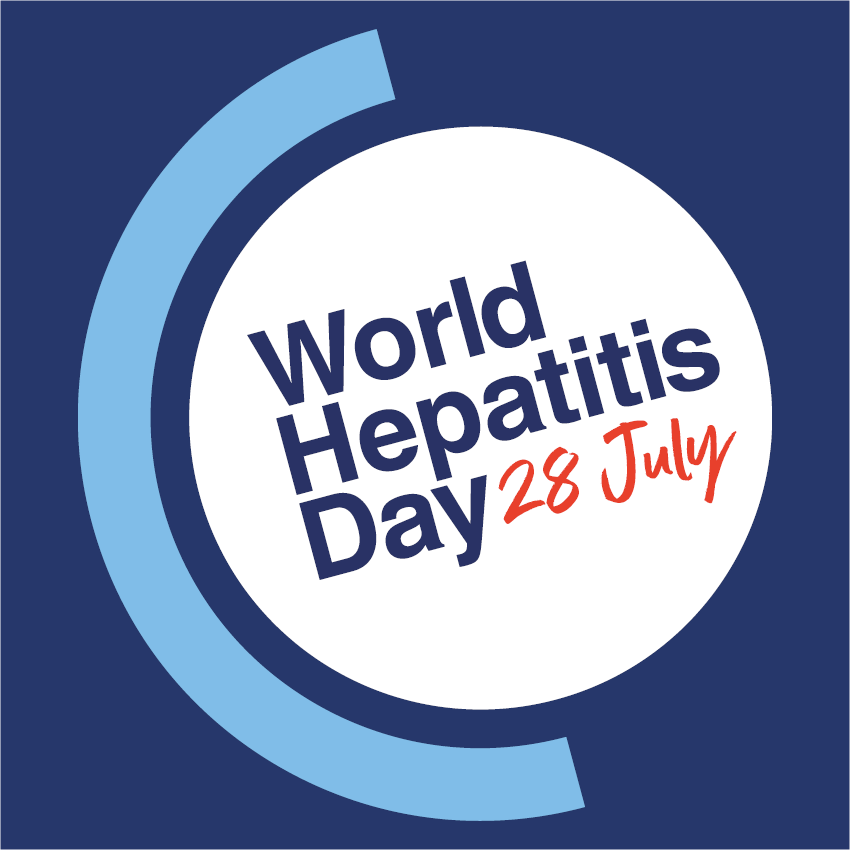World Stroke Day
.webp)
On the occasion of World Stroke Day, Dr. Pavel Nikolov — cardiologist and medical director of Haean — shares its recommendations and message on prevention, early recognition and timely response to stroke.
On 29 Octoberwe note World Stroke Day— a day that reminds us how crucial the first minutes are. On this day, let's stop for a moment and think: what is a stroke, why it happens and how we can prevent it.
According to data from World Stroke Organization, in 2021, nearly 11.9 million people worldwide had a first stroke. Stroke remains the second leading cause of death and the third leading cause of disability globally.
IN Bulgaria Every year more than 45,000 people face this disease, and Mortality is among the highest in Europe. For many families, this means struggling with dire consequences — speech difficulties, motor deficits and the need for long-term care.
Stroke is not just a “blow” to the brain — it is an emergency condition with the potential for severe consequences that affect our quality of life.
As patients, families, employees or employers — we all have a responsibility to know the symptoms, risks and ways to act.
What are the symptoms and why is it so important to act quickly?
With a stroke, every minute is crucial.The sooner it is recognized and medical attention is sought, the greater the chances of a full recovery.
An easy way to remember the main signs is through the acronym F.A.S.T. — Face, Arm, Speech, Time:
- Face: one half of the face suddenly sags, the smile becomes asymmetrical;
- Hand: ask the person to raise both hands — if one weakens or falls, this is a warning sign;
- Speech: speech becomes indistinct, slow or disjointed;
- Time: do not wait for the symptoms to go away — call 112 immediately and seek medical attention;
In addition to these classic signs, watch for other sudden symptoms:
- Loss of balance or coordination
- Dizziness and instability;
- Sudden loss of vision in one eye or double vision;
- Sudden severe headache for no apparent reason.
Stroke can affect anyone, at any age — not just the elderly. Knowing the symptoms can save a life.
What are the risk factors and how can they be controlled?
Stroke is often the result of an accumulation of risk factors — some cannot be changed, but much depends on our lifestyle:
Modifiable risk factors:
- High blood pressure — the biggest individual risk factor
- Diabetes mellitus and insulin resistance;
- Obesity and physical inactivity;
- High values of cholesterol and triglycerides;
- Smoking, excessive alcohol;
- Stress, depression, insufficient sleep — often overlooked but important.
Non-modifiable factors:
- Age: the risk increases with age;
- Family history of stroke or transient ischemic attack;
- Factors related to sex and certain hormonal conditions (especially in women).
Prevention or what can you do today?
- Monitor blood pressure and control it if necessary;
- Maintain weight within healthy limits, exercise regularly (at least 150 minutes a week of moderate activity);
- Eat fully: more fruits and vegetables, whole grains, reduce salt, saturated fat and sugar;
- Quit smoking; limit alcohol;
- Manage stress and pay attention to sleep;
- Share your family history with your GP, get regular checkups — early assessment and intervention matter.
As medical director of the largest pre-hospital care structure in Bulgaria, I share my commitment to your health. Stroke is not inevitable — it is an emergency that can be prevented. Together, through awareness and active care, we can reduce risk, speed up intervention and give life a chance to go on with quality.
Dr. Pavel Nikolov, Cardiologist
Medical Director of Haelan


.webp)

